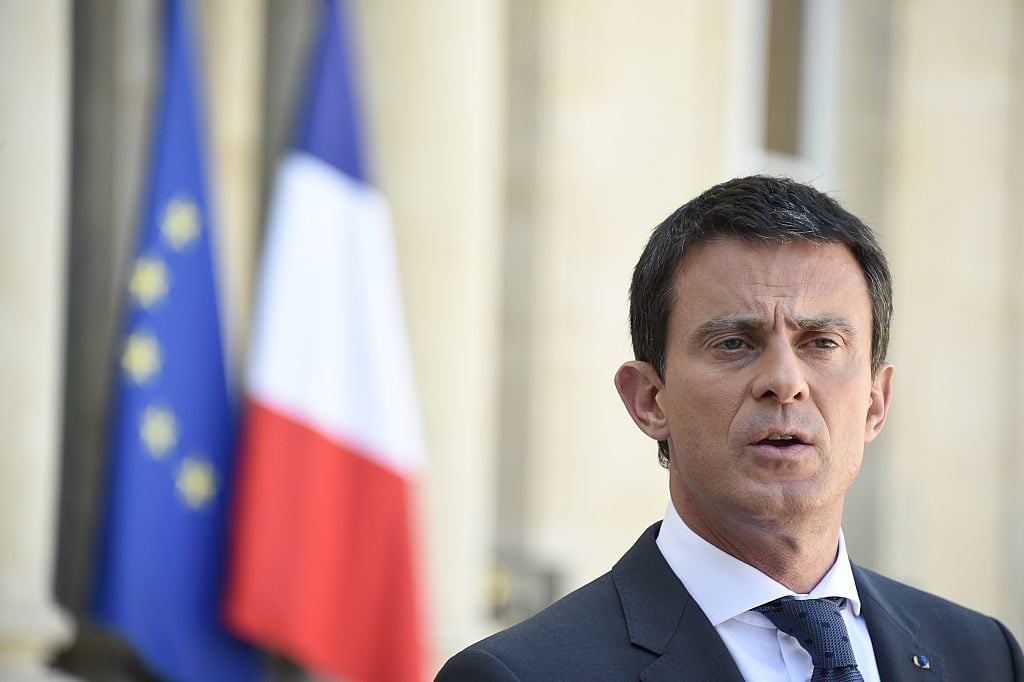Politics
French Prime Minister Cites Delacroix’s Bare-Breasted Marianne in ‘Burkini’ Debate
Almost two centuries after the painting was created, it is a hot topic once again.

Almost two centuries after the painting was created, it is a hot topic once again.

Henri Neuendorf

France’s Prime Minister Manuel Valls has provoked an uproar in his country by citing Marianne, the symbol of the French Republic—and her bare breast—as justification for the ban of full-body swimsuits worn by some Muslim women. For weeks, women’s clothing has been at the center of an increasingly heated debate over the relationship between Islam and French culture, started after several seaside municipalities in France banned full-body swimwear known as “Burkinis.”
According to Le Monde, Valls responded at a French socialist party rally on Monday, saying, “Marianne has a naked breast because she is feeding the people! She is not veiled, because she is free! That is the republic!”

Eugène Delacroix Liberty Leading the People (1830). Photo: Wikimedia Commons.
In France, Marianne is viewed as the personification of the French republic, made famous by Eugène Delacroix’s iconic painting Liberty Leading the People (1830). A depiction of the Goddess of Liberty, she is a symbol of the French state, and a bust or statue of Marianne, often depicted bare breasted, graces most town halls across France.
However, according to Süddeutsche Zeitung, the historian Mathilde Larrère, an expert on the French Revolution, quickly contradicted Valls’ interpretation of Delacroix’s iconic picture.
In a series of tweets she clarified that Delacroix chose to depict Marianne with an exposed breast in the classical artistic tradition “without meaning anything.”
9)Certaines ont les seins nus, comme celle de Daumier, d’autres non pic.twitter.com/j4yUy6rsgg
— mathilde larrere (@LarrereMathilde) August 29, 2016
Larrère also pointed out that Marianne was not always depicted as bare-breasted. On the contrary, there were several competing depictions of the Goddess of Liberty in 19th century painting falling broadly into two categories: A seated Marianne with covered breasts, and a revolutionary Marianne, armed, and wearing a loose-fitting garment over her torso. Which of these representations the artist chose to paint depended on which image of the republic the artist wanted to depict.
Consequently, Marianne has been shown as a symbol of the state—not a depiction of the women who live within it. Larrère tweeted that although Marianne symbolized liberty, “None of the men at that time thought of granting women a role in society, freedom, or the right to vote.”